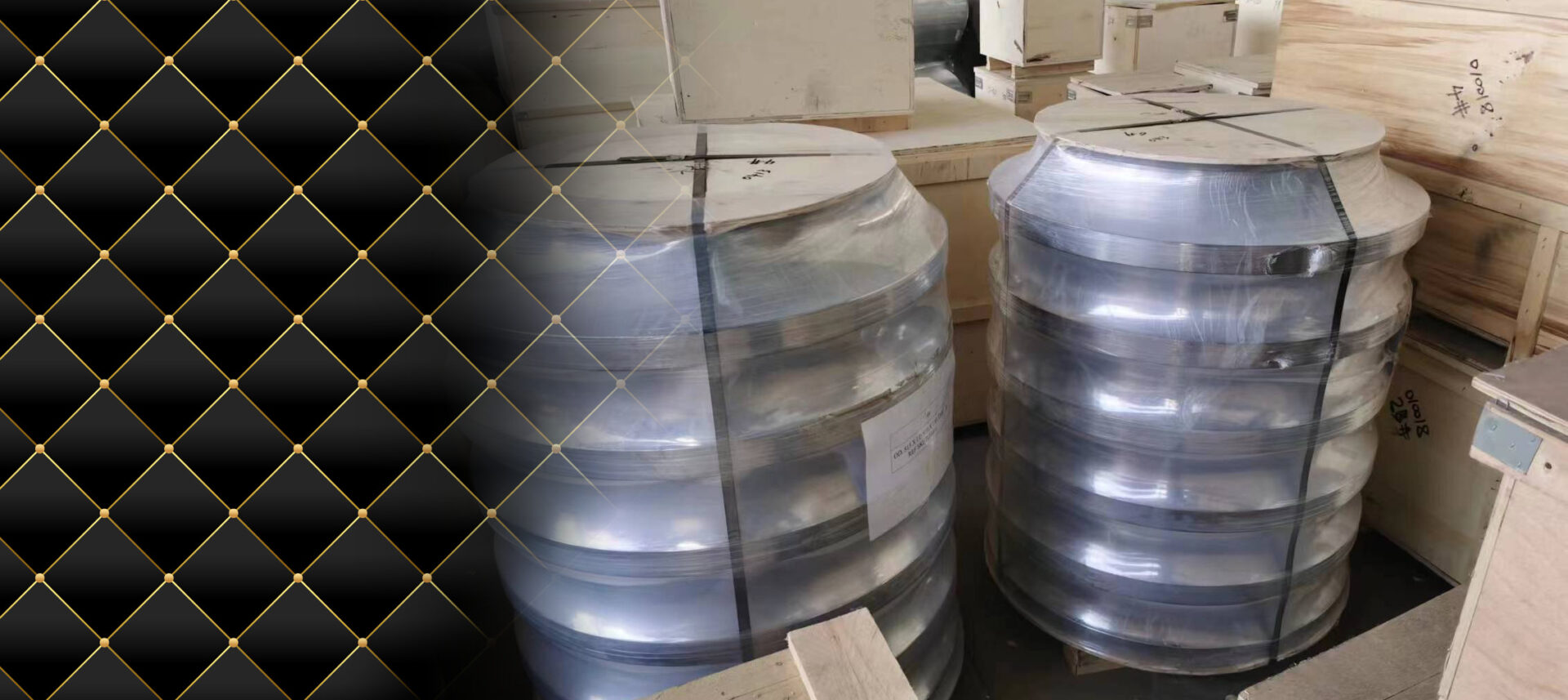Share this
The alloy flange is a flanged pipe fitting with a hollow section and no seams around it. Alloy flanges have a hollow cross-section and are widely used as pipes for conveying fluids, such as pipes for conveying oil, natural gas, gas, water and certain solid materials. Compared with solid steel such as round steel, the alloy flange is lighter in weight when the bending and torsional strength is the same. It is an economical section of steel and is widely used in the manufacture of structural parts and mechanical parts, such as oil drill pipes and automobile drive shafts. , bicycle racks and steel scaffolding used in building construction, etc. Problems that should be paid attention to during the use of alloy flanges: Because of the consideration of its safety and service life, the focus is on improving the toughness, impact resistance and wear resistance of the pipeline lining. The transportation and output of materials are all It can withstand considerable pressure in close-distance and high-pressure transportation.
Alloy flanges are rectified with static loads
Advantages of alloy flange forming process:
(1) There is no need for tube blanks as raw materials, which can save the cost of tube-making equipment and molds and can obtain high-pressure alloy flanges with arbitrarily large diameters and relatively thin wall thicknesses. When the water pump and valve are connected to the pipeline, some parts of the equipment are also made into corresponding flange shapes, also known as flange connections. The raw materials of this high-pressure alloy flange are relatively special, and there is no need to add tube blank raw materials, which is easy to control during processing.
(2) The blank for processing high-pressure alloy flanges is a flat or developable curved surface, so the blanking is simple, the accuracy is easy to ensure, the assembly and welding are convenient, the raw materials are easy to control during processing, the operation control is relatively simple, there are no complicated procedures, and welding and Assembly are more convenient. There are two types of flat welding flanges: plate flat welding steel pipe flanges and neck flat welding steel pipe flanges.
(3) Due to the above two reasons, the high-pressure alloy flange can shorten the manufacturing cycle and greatly reduce production costs. Because it does not require any special equipment, it is especially suitable for the on-site processing of high-pressure alloy flanges.
Quality inspection of alloy flanges: Alloy flanges are inspected according to the items and requirements specified in the corresponding technical documents; when the mechanical properties of alloy flanges are unqualified, heat treatment can be repeated, but the number of repeated quenching or solid solution generally does not exceed two times. Supplementary tempering of the workpiece is not counted as repeated treatment; alloy flanges in the quenched state or after low-temperature tempering should be preheated, annealed or high-temperature tempered before repeated quenching; the original heat treatment records should be properly preserved for future reference.
Alloy flanges are rectified with static loads
Alloy flange cleaning: According to the alloy flange requirements and surface conditions, use alkali cleaning, water-soluble cleaning agent, chlorine solvent sandblasting, shot blasting and other methods to clean; alloy flanges are generally not cleaned by pickling.
Alloy flange correction: The alloy flange is corrected by static load, and it is generally not suitable for local knocking; after the alloy flange is corrected, stress relief annealing should be carried out at a temperature lower than the original tempering temperature. The neck flange is a part that is connected to each between the shaft and the shaft, and is used for the connection between the pipe ends; it is also useful for the flange on the inlet and outlet of the equipment and is used for the connection between two equipment, such as the flange of the reducer.

